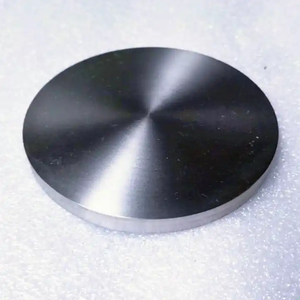Discover Premium Ceramic Products | Durability & Elegance United | Advanced Ceramics
PRODUCT PARAMETERS
Description
Introduction of Low Density Boron Carbide for The Nuclear Industry
Boron carbide ceramics is an inorganic, non-metallic material with carbon and boron as its main components, and its chemical formula is B4C. Since its discovery in the early 20th century, this material has attracted a great deal of attention because of its unique physical and chemical properties. Boron carbide ceramics have an extremely high hardness, second only to diamond and cubic boron nitride, which makes it important in the field of wear-resistant materials. It also exhibits excellent corrosion resistance, high-temperature stability and low-density properties, attributes that make it ideal for the manufacture of bullet-proof vests, nozzles, bearings and other mechanical components that require high wear resistance. Boron carbide ceramics can also be prepared in a variety of shapes and sizes through different processes to meet the needs of different industries.
Characteristics of Low Density Boron Carbide for The Nuclear Industry
Boron carbide ceramics are known for their excellent performance characteristics, starting with their ultra-high hardness and strength, which makes them resistant to severe abrasion and scratching, making them ideal for use in cutting tools and abrasives. Secondly, the material possesses excellent chemical stability and is less likely to react with chemicals such as acids and alkalis, even in extreme environments, making it widely used in certain key components in the chemical industry. In addition, the superior thermal stability of boron carbide ceramics and their ability to maintain structural and property stability at extremely high temperatures makes them one of the key materials in the aerospace and nuclear industries. Finally, it is worth mentioning its lightweight properties, which, due to its low density, make boron carbide ceramics an ideal option for application scenarios that require light weight but high strength. Together, these characteristics give boron carbide ceramics a wide range of applications.
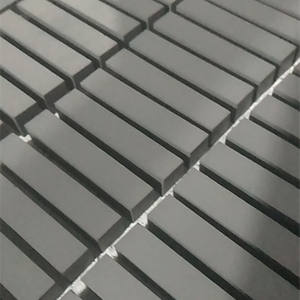
(Low Density Boron Carbide for The Nuclear Industry)
Specification of Low Density Boron Carbide for The Nuclear Industry
Nuclear reactor require unique materials for security and control. Reduced thickness boron carbide is one important product. Its highlight is being light-weight. This helps where weight matters. Boron carbide stops neutrons properly. This makes it excellent for shielding and control rods. It controls nuclear responses safely.
This material is additionally exceptionally tough. It withstands damage quite possibly. This solidity is important sought after nuclear environments. Parts last much longer without breaking down. It saves money on substitutes. Boron carbide deals with high warmth also. It keeps functioning dependably also in hot activator problems. It holds its shape under thermal stress and anxiety. This security stops unforeseen failings.
Pureness is non-negotiable for nuclear usage. Reduced density boron carbide should be extremely pure. Pollutants can disrupt its neutron absorption. Strict quality control guarantees this purity. Trace elements are kept to outright minimums. This ensures constant performance. The product is available in certain types. Common forms include powders and sintered shapes. These forms match various reactor parts. Powders might be used in pellets. Solid shapes create control rod parts.
Its mix of properties is one-of-a-kind. The reduced thickness, neutron stopping power, solidity, heat resistance, and pureness collaborate. This makes it vital for modern-day nuclear technology. Engineers trust it for critical safety and security systems. It aids preserve reactor control. It shields workers and the atmosphere. Choosing the best quality is important. Requirements must match the reactor style specifically. Fragment size and density are meticulously controlled. These information impact exactly how well it does.
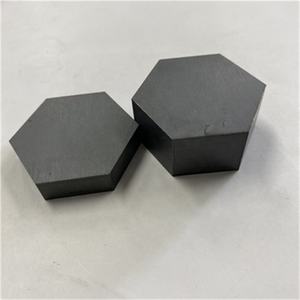
(Low Density Boron Carbide for The Nuclear Industry)
Applications of Low Density Boron Carbide for The Nuclear Industry
Low thickness boron carbide matters a great deal in the nuclear industry. This material is unique. It absorbs neutrons very well. Neutrons drive nuclear domino effect. Regulating them is crucial for safe reactor operation. Boron carbide is utilized in control poles. Control poles enter into the activator core. They take in extra neutrons. This decreases the domino effect. Operators change them to manage power degrees. They can likewise be placed totally to quit the reactor quickly. This is an essential security feature.
Boron carbide is additionally really tough. It resists radiation damage extremely well. Nuclear settings are harsh. Products degrade under consistent radiation. Boron carbide remains stable much longer. This is essential for long-lasting reactor operation. It lowers upkeep needs. It raises safety and security margins.
Its lightweight is another large plus. This makes handling control poles less complicated. It places much less anxiety on moving devices. Workers locate it less complicated to manage. This is sensible during installment and maintenance.
The material works well for shielding also. It secures workers and delicate equipment from roaming neutrons. Plants use it in wall surfaces or obstacles. Workers use it in protective equipment sometimes. It quits neutrons efficiently. This helps keep radiation direct exposure reduced.
It operates in activator closure systems too. These systems must work accurately every single time. Boron carbide pellets or powder are typically part of these systems. They give a backup method to absorb neutrons. This includes an additional layer of safety.
Cost is a factor likewise. Boron carbide is reasonably pricey. Yet its performance warrants the cost. Its special properties make it difficult to replace. The nuclear sector counts on its effectiveness. It supplies a good balance of neutron absorption, stamina, and durability. Locating a better product is tough. Low density boron carbide remains a crucial product for nuclear security and control.
Company Introduction
Advanced Ceramics founded on October 17, 2014, is a high-tech enterprise committed to the research and development, production, processing, sales and technical services of ceramic relative materials and products.. Since its establishment in 2014, the company has been committed to providing customers with the best products and services, and has become a leader in the industry through continuous technological innovation and strict quality management.
Our products includes but not limited to Silicon carbide ceramic products, Boron Carbide Ceramic Products, Boron Nitride Ceramic Products, Silicon Carbide Ceramic Products, Silicon Nitride Ceramic Products, Zirconium Dioxide Ceramic Products, Quartz Products, etc. Please feel free to contact us.
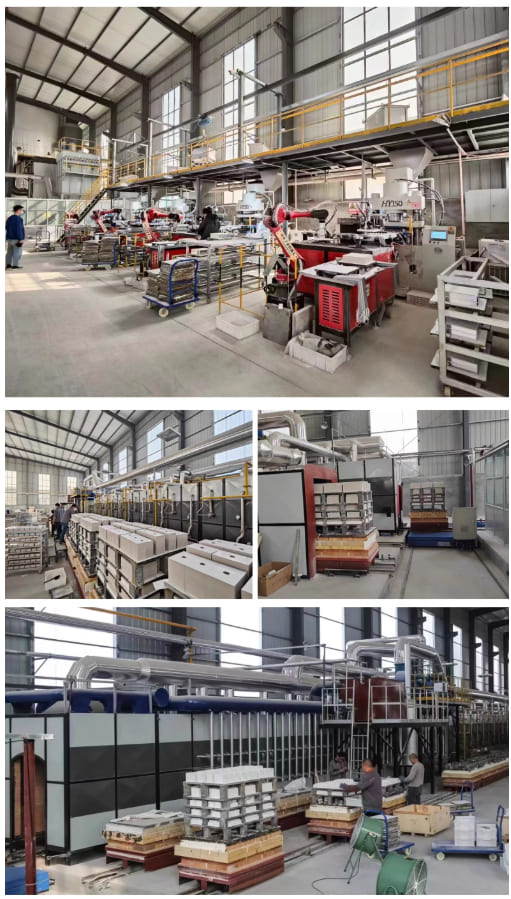
Payment Methods
T/T, Western Union, Paypal, Credit Card etc.
Shipment Methods
By air, by sea, by express, as customers request.
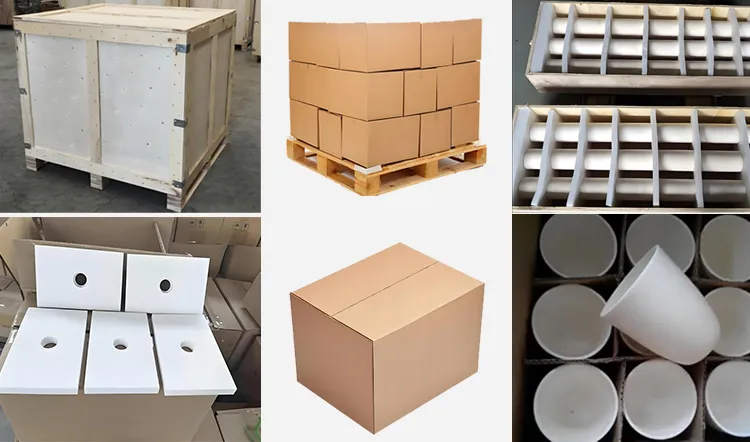
5 FAQs of Low Density Boron Carbide for The Nuclear Industry
What is low-density boron carbide?
Boron carbide is an extremely hard ceramic material. It contains boron and carbon atoms. The low-density version weighs less than standard boron carbide. This is important for specific nuclear jobs.
Why use it in nuclear reactors?
Boron carbide stops radiation very well. It absorbs neutrons effectively. This makes it perfect for shielding. It’s also used inside control rods. Control rods manage the reactor’s power level safely.
What’s the big advantage of low density?
Weight matters a lot in nuclear plants. Heavy shielding is hard to install and handle. Low-density boron carbide offers strong radiation protection. But it weighs much less. This simplifies building and maintaining reactor shields. It reduces stress on support structures.
Can it handle high reactor heat?
Boron carbide is tough. It stays stable under intense radiation. However, all materials have limits. Very high temperatures can damage it over time. Engineers must know its exact temperature limit. They design reactor components carefully to stay below this point.
Are there special handling needs?
Yes. Boron carbide dust can be harmful. Workers must avoid breathing it in. Protective gear like masks and gloves is essential. Good ventilation is critical in work areas. Follow safety protocols strictly during manufacturing and installation.
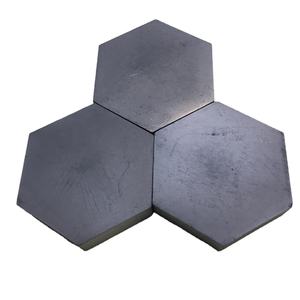
(Low Density Boron Carbide for The Nuclear Industry)
REQUEST A QUOTE
RELATED PRODUCTS
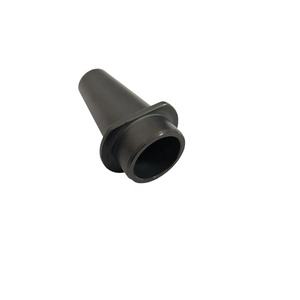
99.9% 3N high purity B4C powder Boron carbide powder microns F2000 for Armor Ceramics
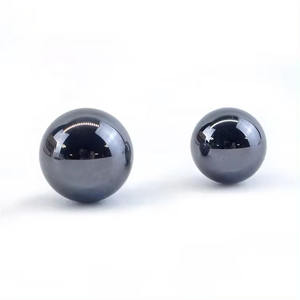
Highly Durable Boron Carbide B4c Nozzles for Sandblasting

High Quality Boron Carbide B4c for Ceramic Coating Thermal Coating.
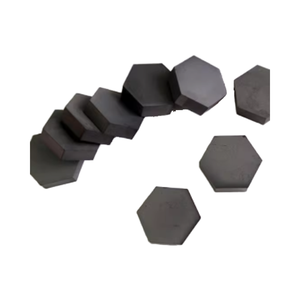
Boron Carbide B4c Sandblasting Nozzle with Better Wear Resistance
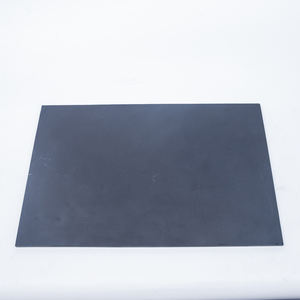
Factory Direct B4C Boron Carbide Powder for Ceramic and Refractory Industry
